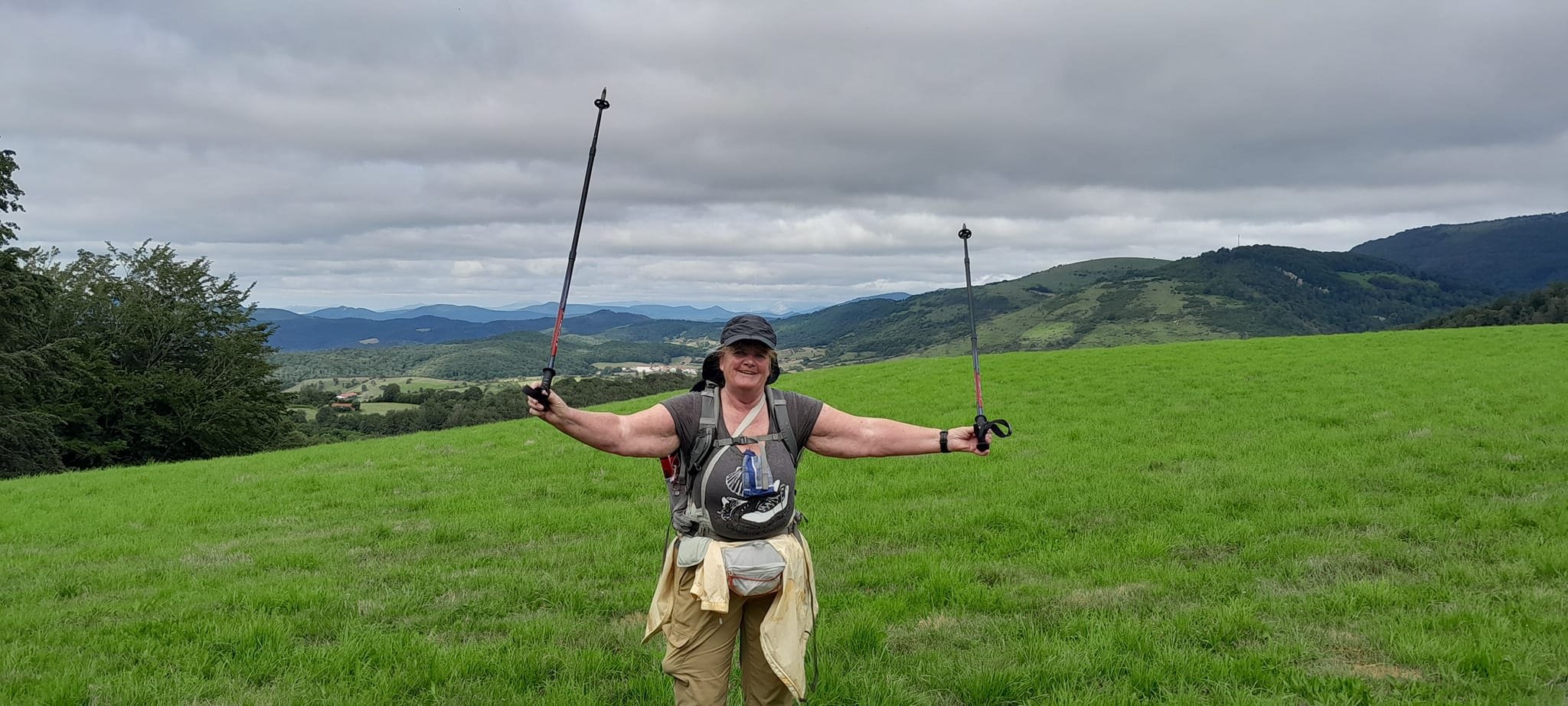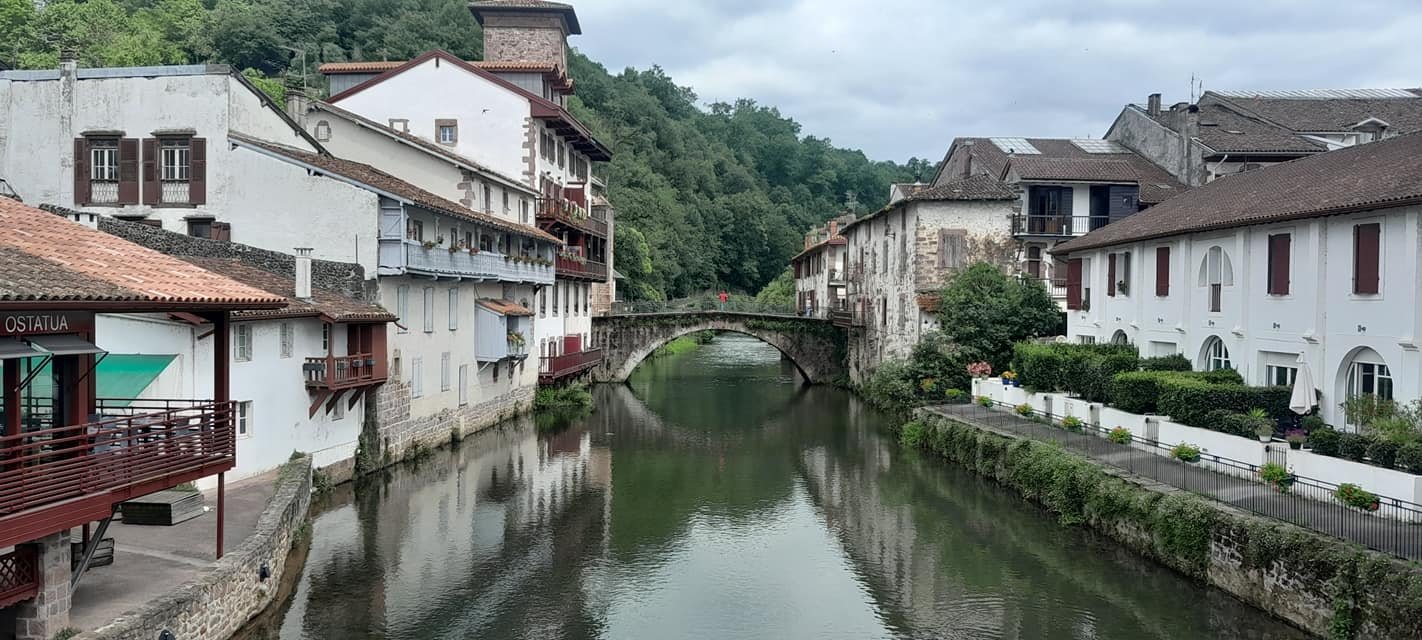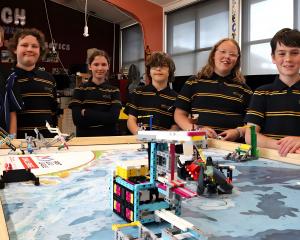
To prepare for the trek, I began walking up and down Dunedin hills for six months prior to leaving — averaging 50km a week. I thought this was enough, but I was wrong.
My sister Kim Van Gog and I began walking from St Jean Pied de Port, at the foothills of the Pyrenees, on July 4.
The first day was a steep climb of 1400m, then 900m downhill. On average, this is completed in six hours. It took me nine hours. It was a tough climb, but I did it!
At the halfway point of our walk, it became a routine, like going to work every day. Wake up at 5am, walk for five or six hours, arrive at your destination, shower, hand-wash clothes, go for a stroll around town, eat then sleep. Then repeat the whole process tomorrow.
In the beginning it was hard, really hard. My fitness was not as good as I thought.
Every town I approached I thought "I am nearly there", but no, another climb. After noon the heat (about 30°C) is relentless. Finally you arrive and plop on your bunk then realise the foul odour and stench you smell is your own sweat.

There was Owen, a young man from Ireland, who spoke fluent Spanish and helped us find our way through the crazy streets of Pamplona during the running of the bulls festival and shared a taxi with us to our accommodation. Pastor Bob, of New Mexico, who I walked with on day one over the Pyrenees.
The lovely young couple James and Kendra, from New York — she gave us one of her drawings after walking a few days.
The kind man in Zubriri, who drove me the last 2.5km into town with his wife, as he saw I was physically and mentally exhausted.
The beautiful lady from Finland, who walked with me, as she saw I was struggling in the heat for 5km.
Gorgeous Viv, from Ireland, who walked with me five mornings in the dark, until the sun came up.
After 20 days it got easier and I could walk further, some days up to 35km.

So now the Camino Francis was done — 900km walked over 35 days and lots of memories of albergues, people, churches, city squares, spanish food and wine, sunflowers, bush land, farming country and many hills.
At the halfway point in Burgos many of the lovely people we had met had gone home. It was now time to walk the Meseta — a hot, long slog but with plenty of sunflowers, vineyards and people to chat to.
After seven days we arrived in Leon. A beautiful city with an impressive cathedral set in a square. Here we stayed in a nice hotel with rehydration pools to rest the weary legs.
We decided not to have a rest day here but to keep walking to Santiago.
Upon leaving Leon in the early morning dark, I walked with a young German lad named Stefan.
Stefan had little English so the translator app came in handy. He walked with us every day, joining us for dinner in the evenings, until finally we said goodbye 10 days later in Santiago de Compostela.
As we drew closer to Santiago, I would reflect on the journey we had taken, the sheer determination and stamina needed and the many reasons people do the Camino trail.

Upon arriving in Santiago, I was very emotional, realising the enormous feat we had achieved. We had arrived!
But no, we still had to get to the "End of the World", as it is called, to the Atlantic Ocean until we could go no further.
Over the next three days, we did 100km more to Cape Finisterre.
We walked to the lighthouse, cried some tears and celebrated with a glass of champagne and a quick dip in the ocean. It was now time for a few days rest and then to come home.
Thank you to my sister Kim for coming with me and pushing me when it got hard, and for being there in the evenings to laugh and cry with.
To the many kind and generous people who donated to my chosen charity, the Dunedin Night Shelter, thank you so much.
Now the Camino is done — a huge and unforgettable adventure!














